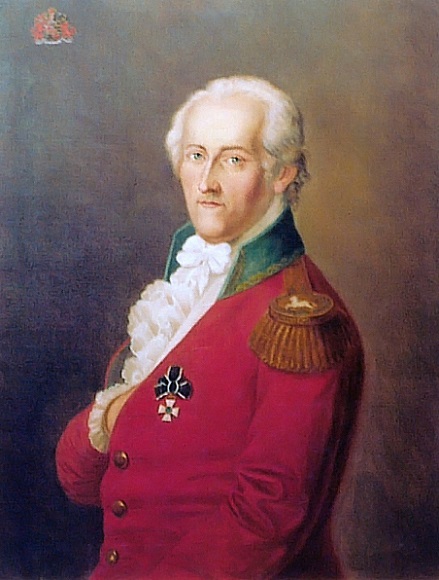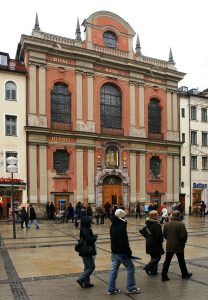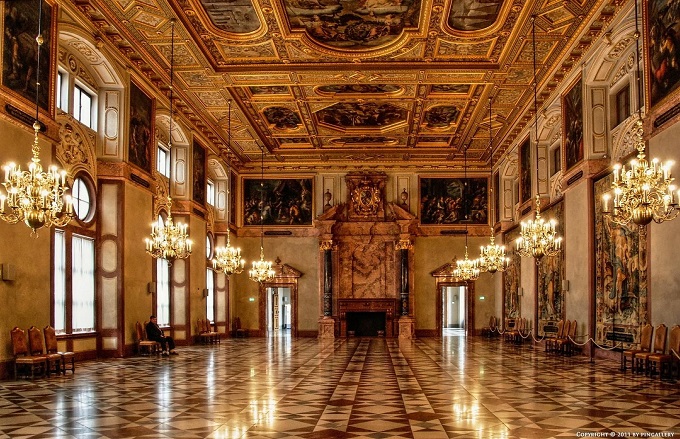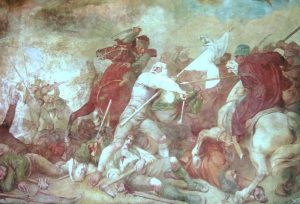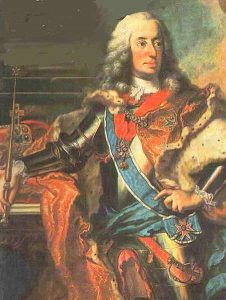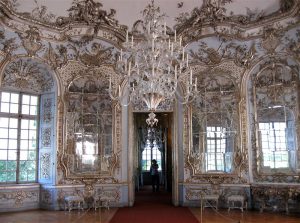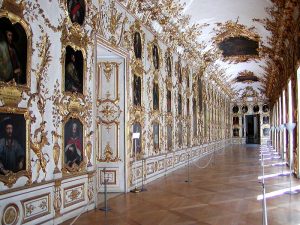Grown Up
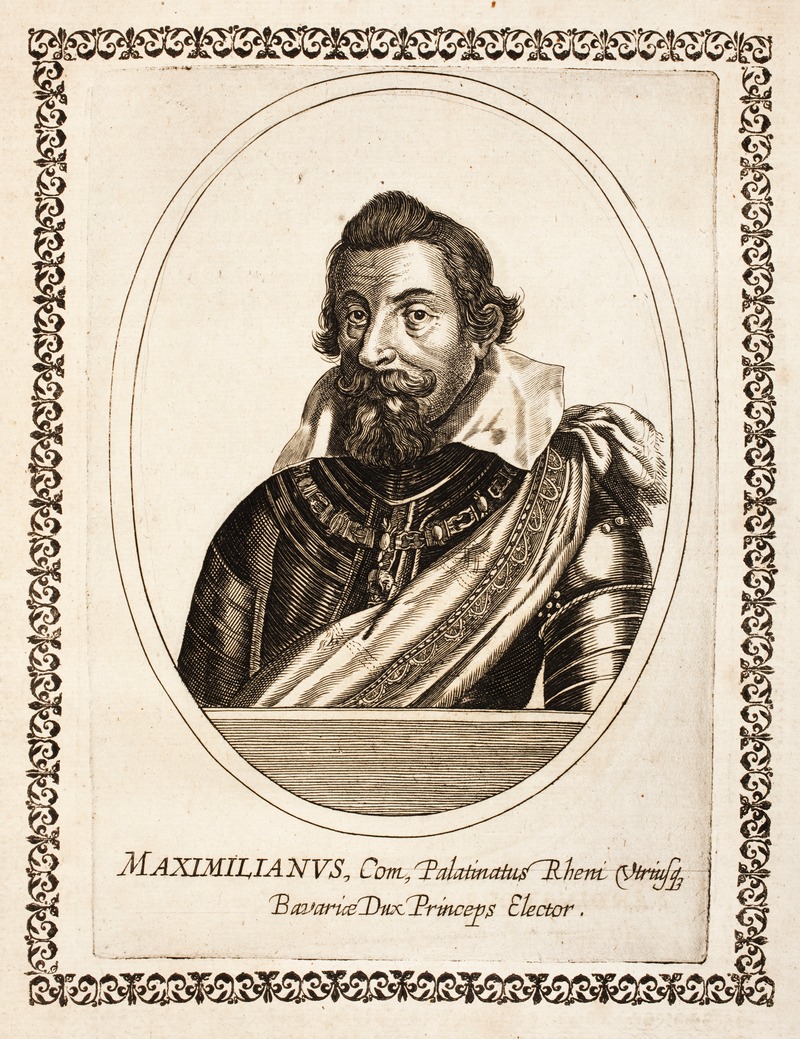

By 1609 Protestants & Catholics had formed rival political and military alliances throughout Germany with the Catholic League headed by William V’s eldest son, Duke Maximilian I, who took an important part in its formation & became the single most powerful Catholic prince in Germany after Emperor Ferdinand II. In 1610 Maximilian I orders the further enlargement of the Munich Residenz, the transformation of the Hofgarten (court garden) into a grandiose Italian Renaissance garden & the extension of Schleissheim Palace built by his spendthrift father as a country house at the end of his term.


The first years of the war that finally broke out in 1618, between Catholics & Protestants did not have an immediate effect on Munich aside from the title of Imperial Elector that was taken from the Protestant Frederick V of Palatine & granted to Maximilian I, something that gave the Bavarian dukes the right to vote on the election of the Holy Roman Emperor. It also led to the expansion of the fortifications, the wall and moat, of which only sparse remains exist today. Things changed when the King of Sweden, Gustavus Adolfus, fearing the annexation of the Protestant areas of Europe by the Catholic League decided to invade Germany in 1630 & after two resounding victories on the battlefield entered the German Rome in 1632.
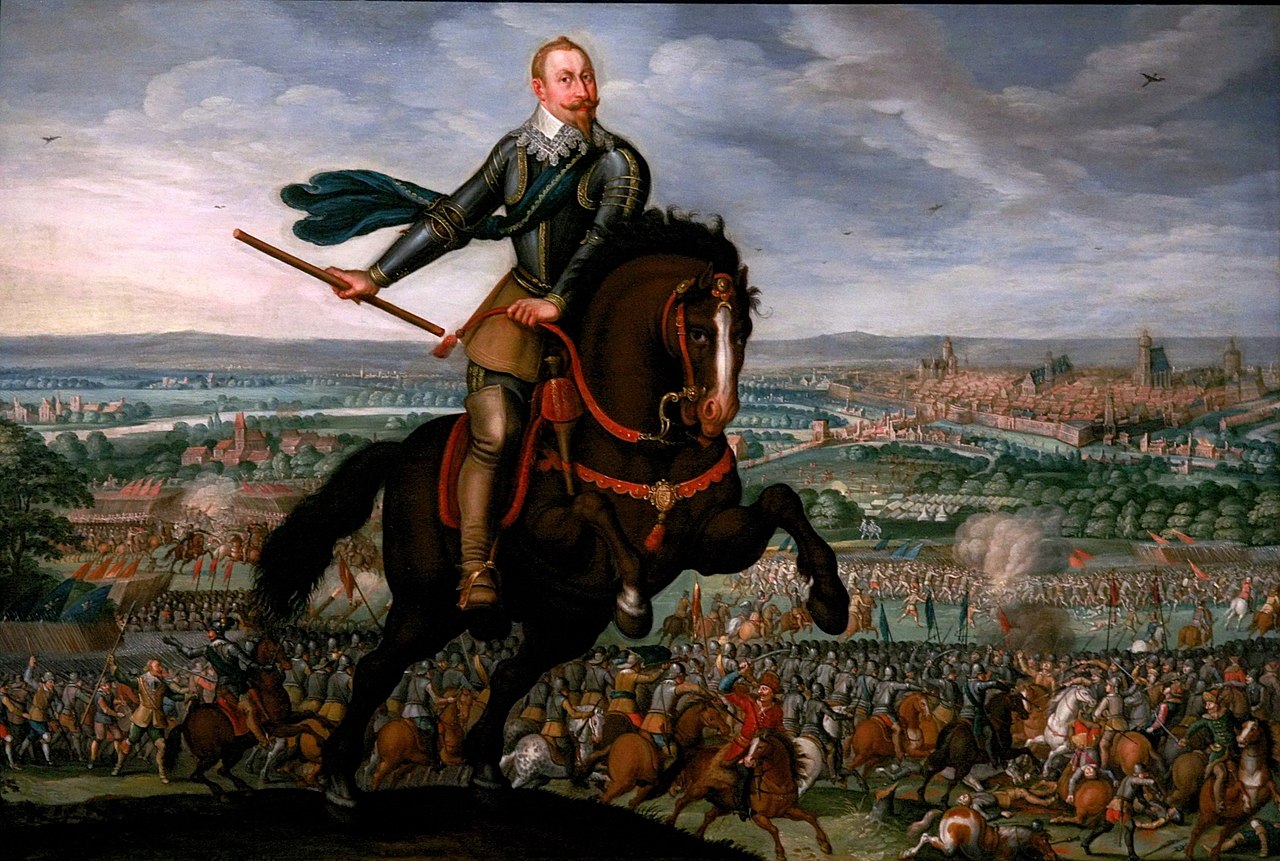
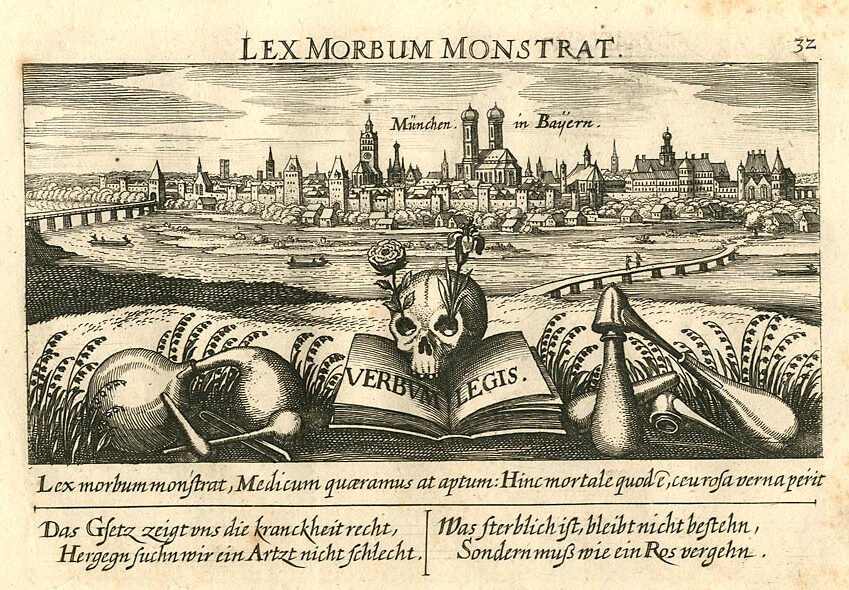
Although the citizens of Munich feared their city would follow the fate of the burned to the ground by the Catholic League Protestant city of Magdeburg (a year earlier), the Swedes respected the city and its citizens, with Gustavus Adolfus appearing fascinated with Munich & the ducal palace. Of course the Swedish King had not visited Munich for site-seeing. The Swedish army agreed to leave the city unharmed only after the payment of a huge ransom which couldn’t be covered by the state coffers at the time. As a compromise the Swedish King authorized the abduction of several hostages until the money was paid along with 22,000 litres of the renowned Hofbräuhaus brown beer (Brewery established by William V in 1589). In a sense Hofbräuhaus beer would save Munich from destruction.
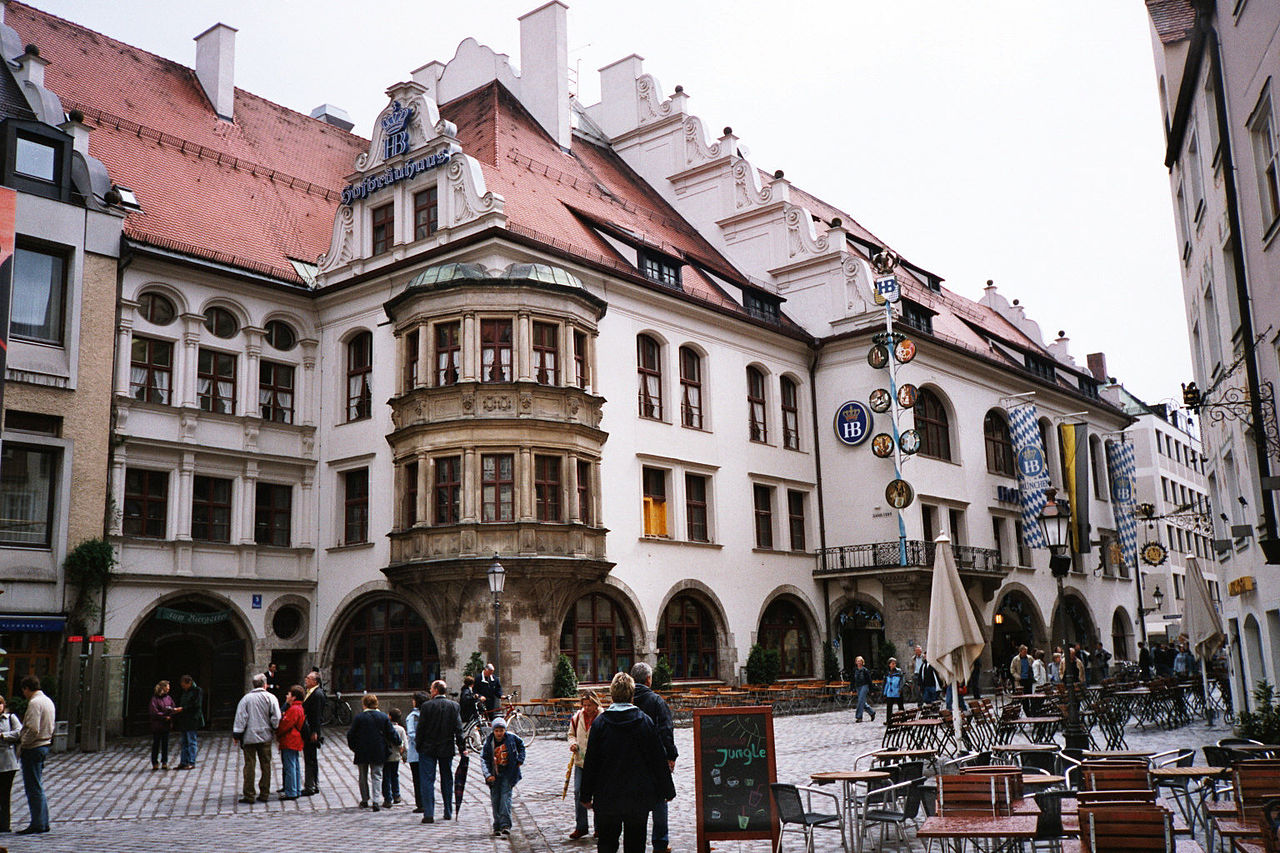

The calamity that struck Munich as a result of the Thirty Years’ War didn’t come out of gun barrels. After the Swedish retreat in 1634, Spanish troops brought in to reinforce the city’s defense carried with them the Bubonic plague, which wiped out nearly one third of the overall population. After the disease had run its course, Maximilian I ordered the construction of the Mariensäule (Virgin’s Column — a statue dedicated to the Virgin) on Marienplatz as a votive offering to God for having spared the city from total destruction.

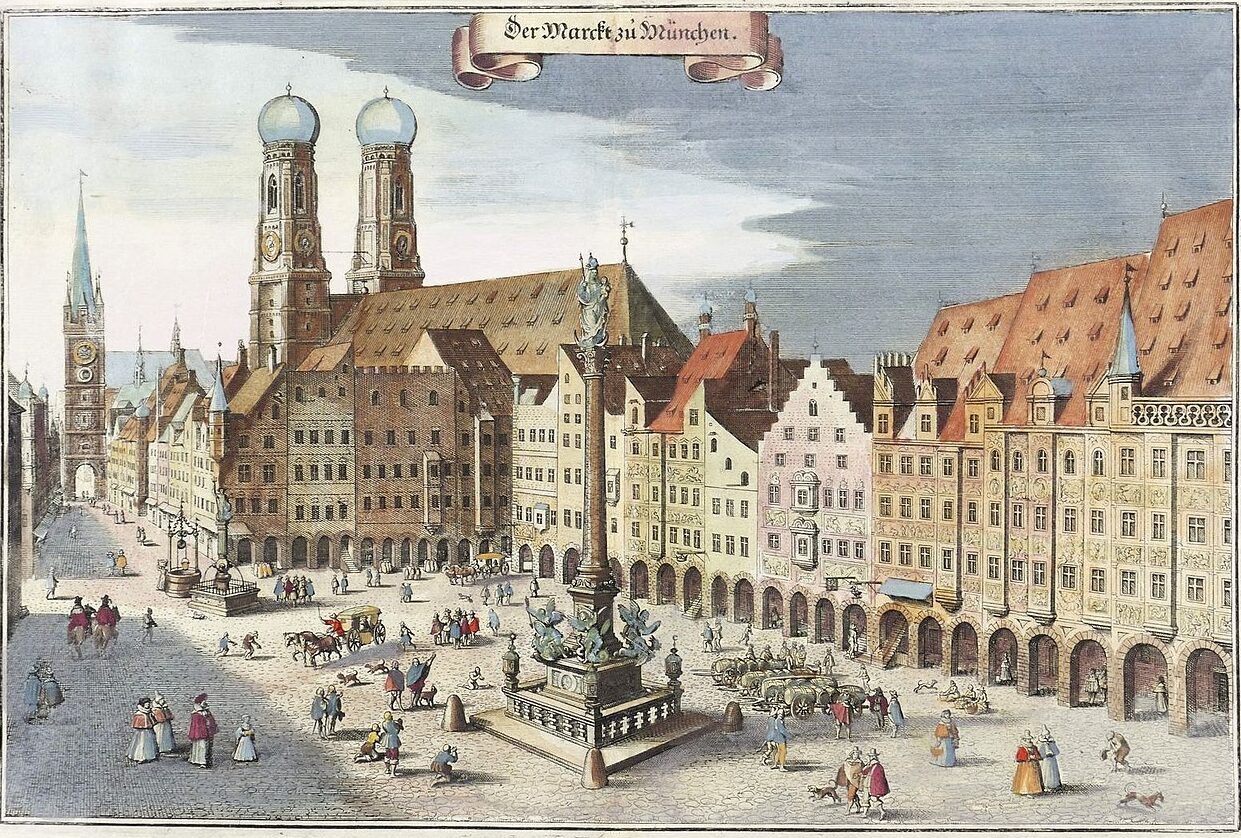
Ferdinand Maria succeeded his father in 1651. A year earlier he had married the princess Henriette Adelaide of Savoy . They would both bring Bavaria and especially Munich into the Italian Baroque era. In 1664 after the birth of their son Maximilian II, the couple commissioned the construction of Nymphenburg Palace based on the designs of the Italian architect Agostino Barelli, who had also taken over the building of Theatine church of St. Cajetan a year earlier. The Munich Residenz is expanded once more with the construction of the Golden Hall Building & the Papal Rooms while Italian influence expands in both architecture & entertaining with the introduction of Italian Opera & the array of Italian artists that were invited to court.
The bloodshed in Europe was far from over with the War of the Spanish Succession breaking out in 1701 & Bavaria taking the side of France against the interests of Austria. The devastating defeat of the Franco-Bavarian army in the Battle of Blenheim on August of 1704 placed Bavaria & Munich under Austrian military rule before the end of that year.


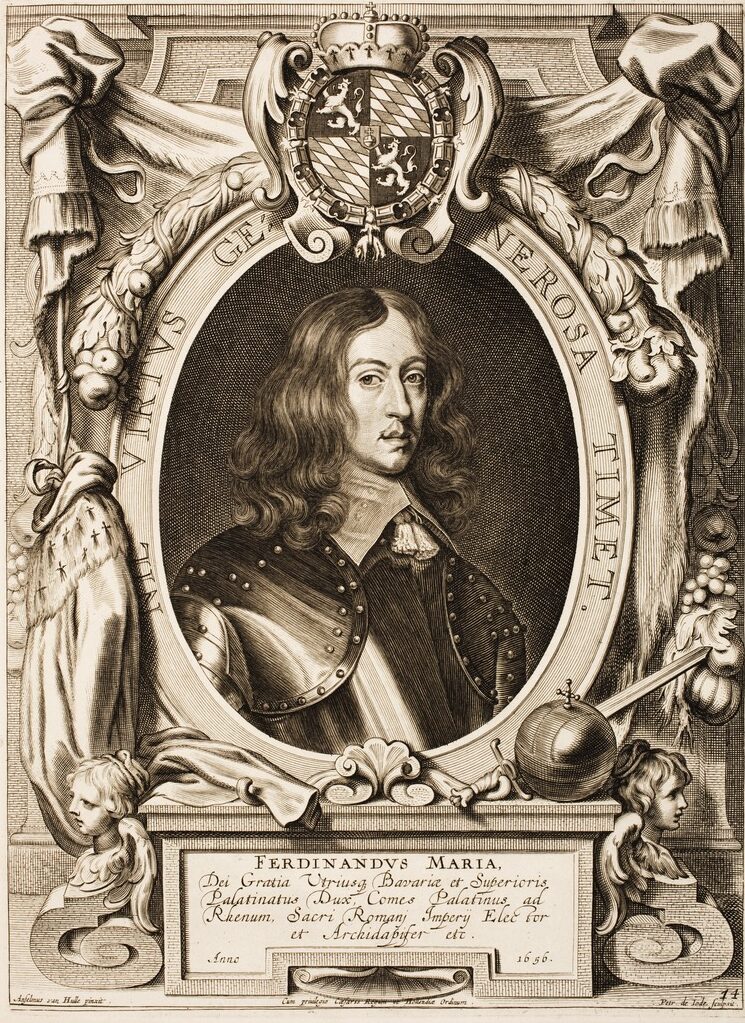
A year later, on November of 1705 in what was described as “the first revolution of modern history” a popular uprising that had started in the towns of Lower Bavaria against the Austrian occupation would end tragically in the night of 25 December 1705 near Sendling outside of Munich, with the Austrian troops massacring the peasant army of about 1100 men. The massacre became known as Sendling’s Night of Murder (Sendlinger Mordweihnacht) or the Sendling Christmas Day Massacre.
In 1715 Maximilian II Emanuel with the help of the French finally managed to evict the Austrians but the heavy toll of the costly wars would be paid for years to come. The appointment of Joseph Effner & François de Cuvilliés as chief architects of the court marked the transition from Italian to French influence & the beginning of the Bavarian rococo era.
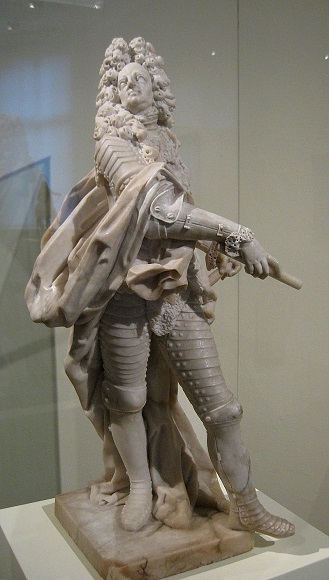
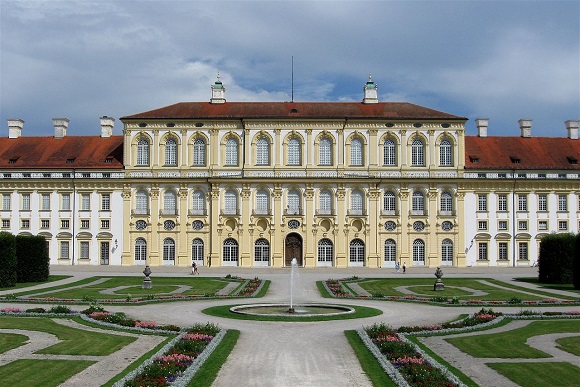
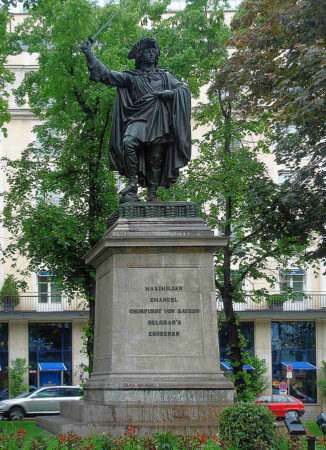
The Nymphenburg Palace was enlarged considerably, the new Schleissheim Palace was constructed & the Fürstenried Palace was built as a hunting lodge while of course the tradition of additions to the Munich Residenz was followed by Max Emanuel as well. Charles VII took over Bavaria at his father’s death in 1726, with his term (1726-1745) marking the height of the rococo era for Munich. With François de Cuvilliés as head architect of his court, Charles would live up to the great architectural heritage inherited by his predecessors with the completion of Nymphenburg Palace, the construction of the elaborate Amalienburg, the building of the Ancestral Gallery & the Ornate Rooms in Munich Residenz & the Palais Holnstein as a present to one of his mistresses Countess Holnstein.
Charles VII also followed the footsteps of his ancestors in his aim for an even higher rank than that of a duke, an opportunity that came forth after Emperor Charles VI’s death in 1740 & the complications that emerged in the succession of his daughter Maria Theresa to the imperial throne. In the War of the Austrian Succession that followed Charles VII allied with France and Spain against Austria & put his claim to the imperial crown forward as a male heir with a clear ancestry line in order to inherit the trust of the elected dignitaries of the great Imperial title. On January of 1742 the Bavarian Duke became the only Holy Roman Emperor that did not belong in the House of Habsburgs in over three centuries & the second to achieve it from the House of Wittelsbachs. However his achievement would prove to be void. Shortly after his coronation the Austrians would once more overrun Bavaria & occupy its capital. Charles would regain Munich three months before his death, on October of 1744.
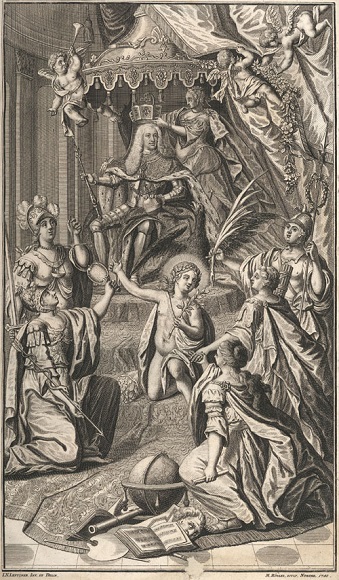

The 18 year old Prince Elector Maximilian III Joseph (r. 1745 to 1777) quickly abandoned his father’s imperial ambitions, made peace with Maria Theresa & tried as far as possible to keep Bavaria out of the wars. A charismatic ruler, Maximilian Joseph was just the person to help Bavaria & Munich enter the age of enlightenment that was dawning in the European continent. He quickly abolished the Jesuit censorship of the press, with an immediate outcome the founding of two new newspapers in 1750 & 1751; he established a new civil code with liberal reforms in every field of the state that would remain in use until 1900, he encouraged new industries (the porcelain factory in Nymphenburg is still operative today) & inaugurated Munich’s first secular academic institution, the Bavarian Academy of Sciences. He also regulated the general school attendance & ordered the construction of the amazing Cuvilliés Theatre, the Stone Hall in Nymphenburg Palace & the decoration of several rooms in New Schleissheim Palace, all in rococo style.
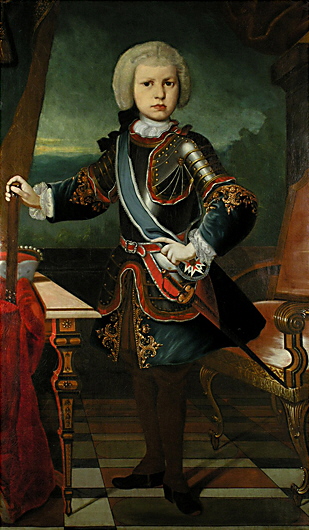
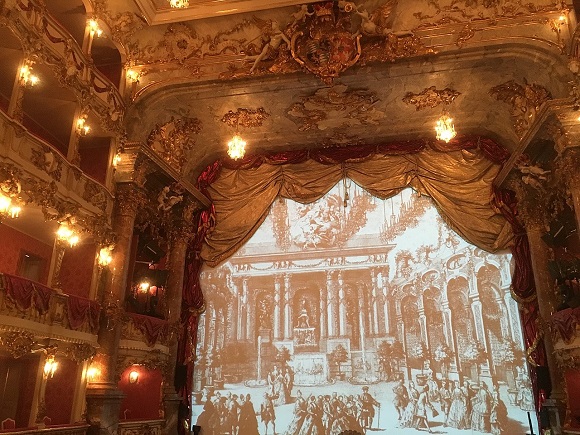

During his reign the city opened its doors to playwrights & important composers from Europe with 18 year-old Wolfgang Amadeus Mozart performing one of his very first operas La finta giardiniera (The Pretend Garden-Girl) at the Salvatortheater in Munich in 1775. Max III Joseph died childless in December of 1777 & with him his branch of the Wittelsbach family. Charles Theodore from the Wittelsbach branch of the Palatinate-Sulzbach being the closest in line was chosen as a successor of a country he immediately showed to care very little about. Shortly after his predecessor’s death Charles Theodore signed an agreement with Emperor Joseph II to exchange southern Bavaria & Munich for part of the Austrian Netherlands. The plan was strongly opposed by Saxony & Prussia with a result the eruption of another war known as the War of the Bavarian Succession.

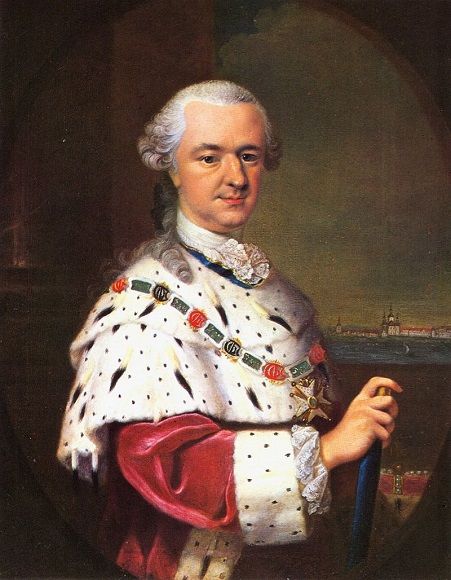
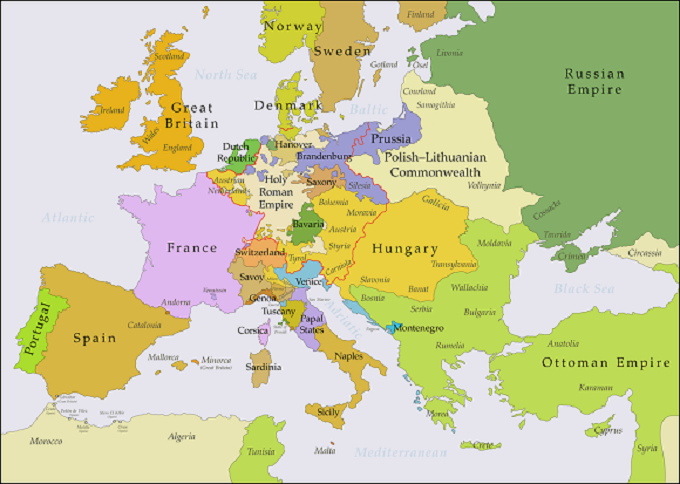
Although Charles Theodore remained Duke he never managed to gain the support of his people or control the mounting social tensions. He even moved the Electoral in 1788 to Manheim after a dispute with Munich’s city council. Despite the mutual dislike between him & his subjects Charles Theodore managed to leave his mark in the city’s landscape with the creation of the English Garden, one of the world’s largest urban public parks & the dismantling of the old medieval fortifications which created a much needed space in the booming Bavarian capital & new squares including Karlsplatz.
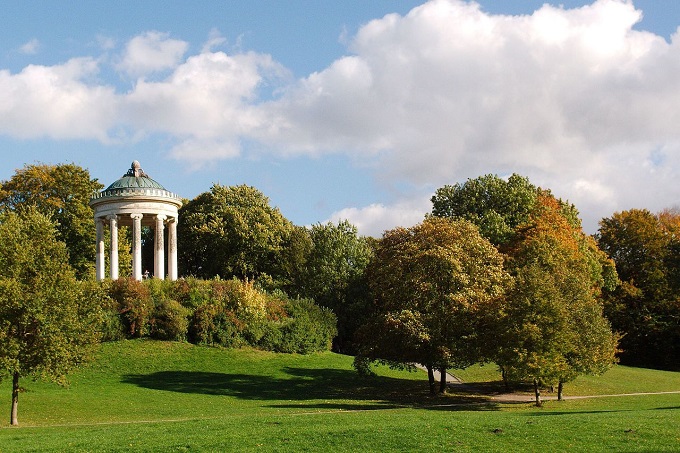
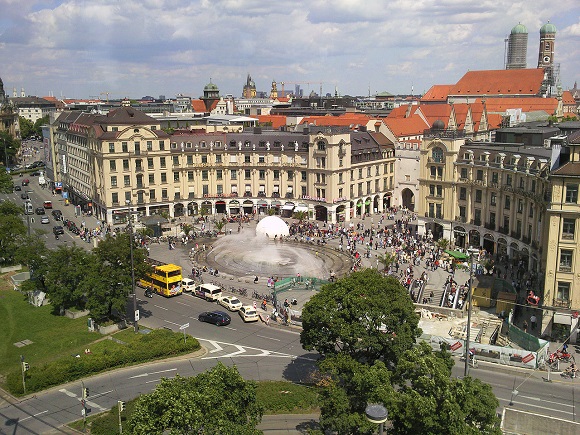
As if his political maneuvers weren’t enough Charles Theodore’s rule was characterized by a come-back of conservatism & repression of personal liberties with the most resounding moment being the disbanding of the famous today from the Dan Brown novels order of Illuminati in 1785. The illuminati was a group of intellectuals that projected the value of reason before faith, that had been established in 1777 in the University of Ingolstadt, a few miles north of Munich. Charles Theodore’s death in 1799 was followed by several days of drunken celebration by the people of Munich.

